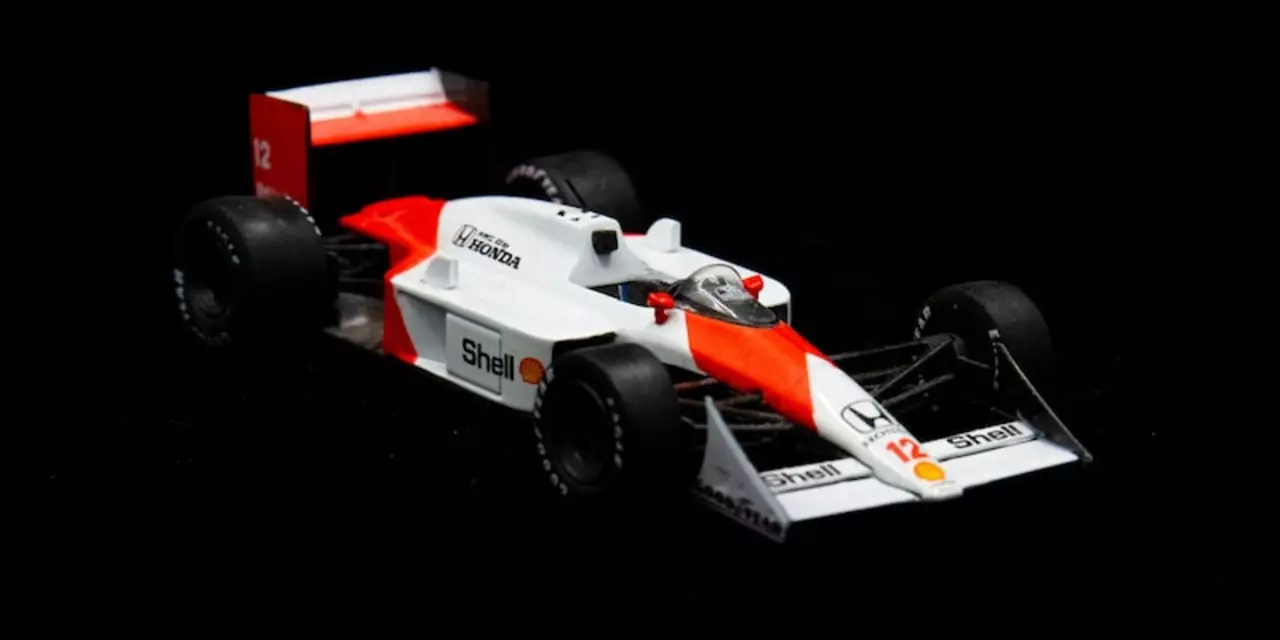Safety Regulations in Racing: A Practical Guide
If you love the roar of engines and the thrill of overtaking, you’ve probably wondered how drivers stay safe at break‑neck speeds. The answer lies in a solid set of safety regulations that govern every corner of motorsport. These rules aren’t just paperwork; they’re the reason a driver can walk away after a 200‑mph crash.
Who Sets the Rules?
Globally, the FIA (Fédération Internationale de l'Automobile) writes the rulebook for most series, from Formula 1 to rally. In the U.S., NASCAR and IndyCar have their own safety committees, but they all follow the same basic principles: protect the driver, protect the car, protect the spectators.
Every sanctioning body updates its standards after a major incident. Remember the 2009 F1 crash of Robert Kubica? That led to stronger head‑and‑neck support devices and reinforced cockpit sides. Changes happen quickly because the sport lives and dies on credible safety.
Key Safety Elements You’ll Notice on Track
Seat belts and harnesses – Unlike a regular car, racing seats use multi‑point harnesses that lock the driver in place during high‑g forces. They’re tested for extreme loads and must be certified before each race.
Helmet and HANS device – A racing helmet is lightweight but strong, covering the entire head. The HANS (Head and Neck Support) device stops the head from snapping forward on impact, dramatically cutting neck‑injury risk.
Fire‑resistant suits – Drivers wear suits made from Nomex or similar fibers that can survive several seconds in a flame. The suits are paired with fire‑proof gloves and shoes.
Crash structures – Modern cars have energy‑absorbing zones called crumple zones, plus carbon‑fiber monocoques that act like a safety cage. These structures are mandatory in most top‑level series.
Medical response – Tracks must have a fully equipped medical team, a rapid‑response vehicle, and a nearby hospital. Doctors are often specialists in trauma and orthopedics, ready to act within seconds of an accident.
When a driver breaks a rule, the sanctions are clear: fines, grid penalties, or even race bans. This enforcement keeps teams honest and pushes technology forward.
For fans, spotting these safety details adds a new layer of appreciation. Notice the sub‑zero‑gravity seat position, the halo ring over the cockpit, or the way tire walls are padded to reduce impact. Those elements are the result of years of regulation work.
So next time you watch a race, remember the unseen safeguards that let drivers push limits safely. The regulations are constantly evolving, and that evolution makes every lap a little safer for everyone involved.
Want to stay updated? Follow official series announcements and keep an eye on technical briefings. Those are where the next big safety upgrade is usually unveiled.
What's the best way to get started in amateur racing?
0 Comments
Getting started in amateur racing can be an intimidating and daunting task. However, there are several steps that can help make the process easier. First and foremost, it is important to ensure that you have the necessary equipment, such as a racing helmet and a race car, as well as the proper licenses and certifications. Once this is taken care of, it is important to find a reputable racing league or organization to join. It is also important to research the rules of the league and understand the safety regulations. Finally, it is important to practice and hone your skills before entering a race. With these steps, you can be well on your way to becoming an amateur racer.
Read More